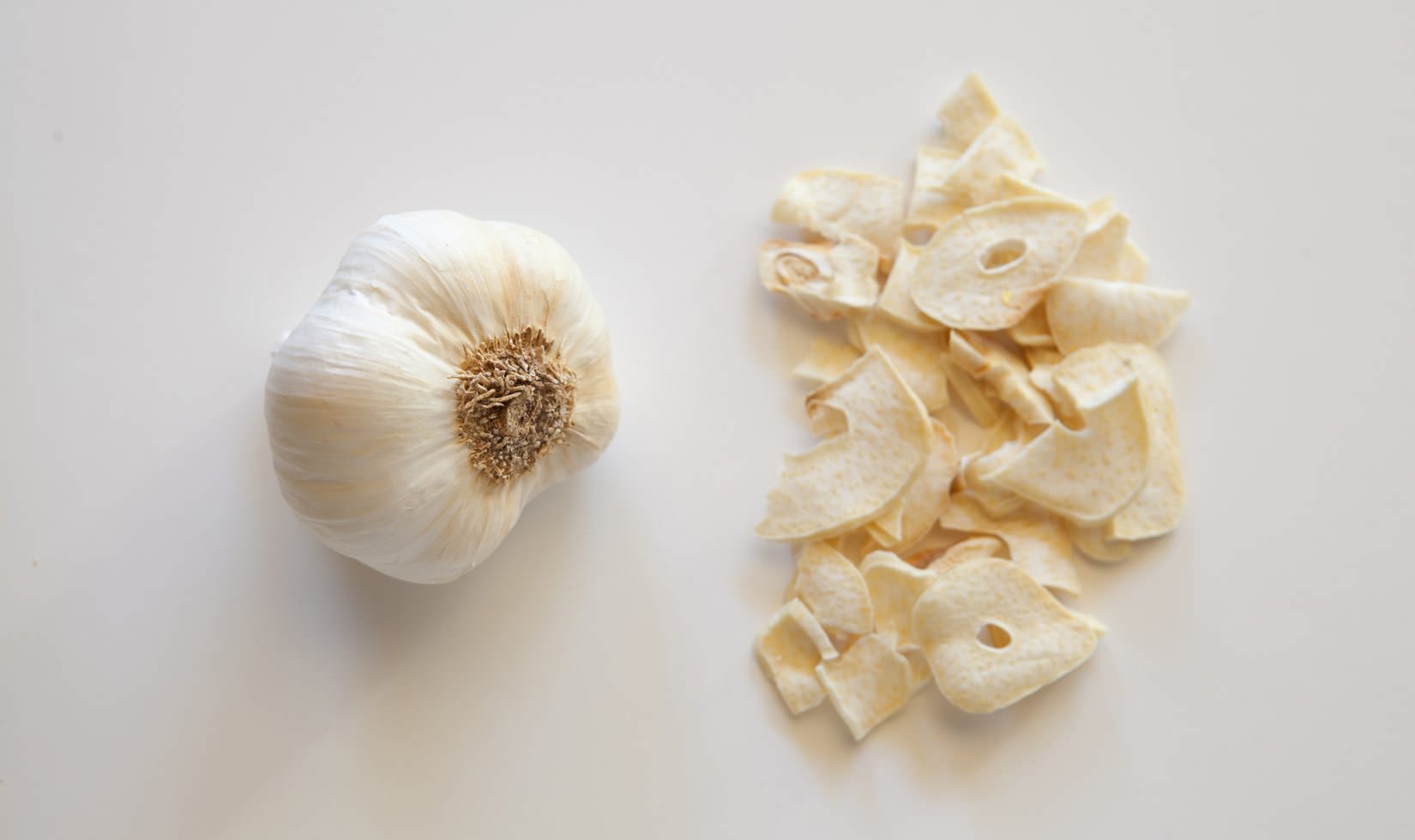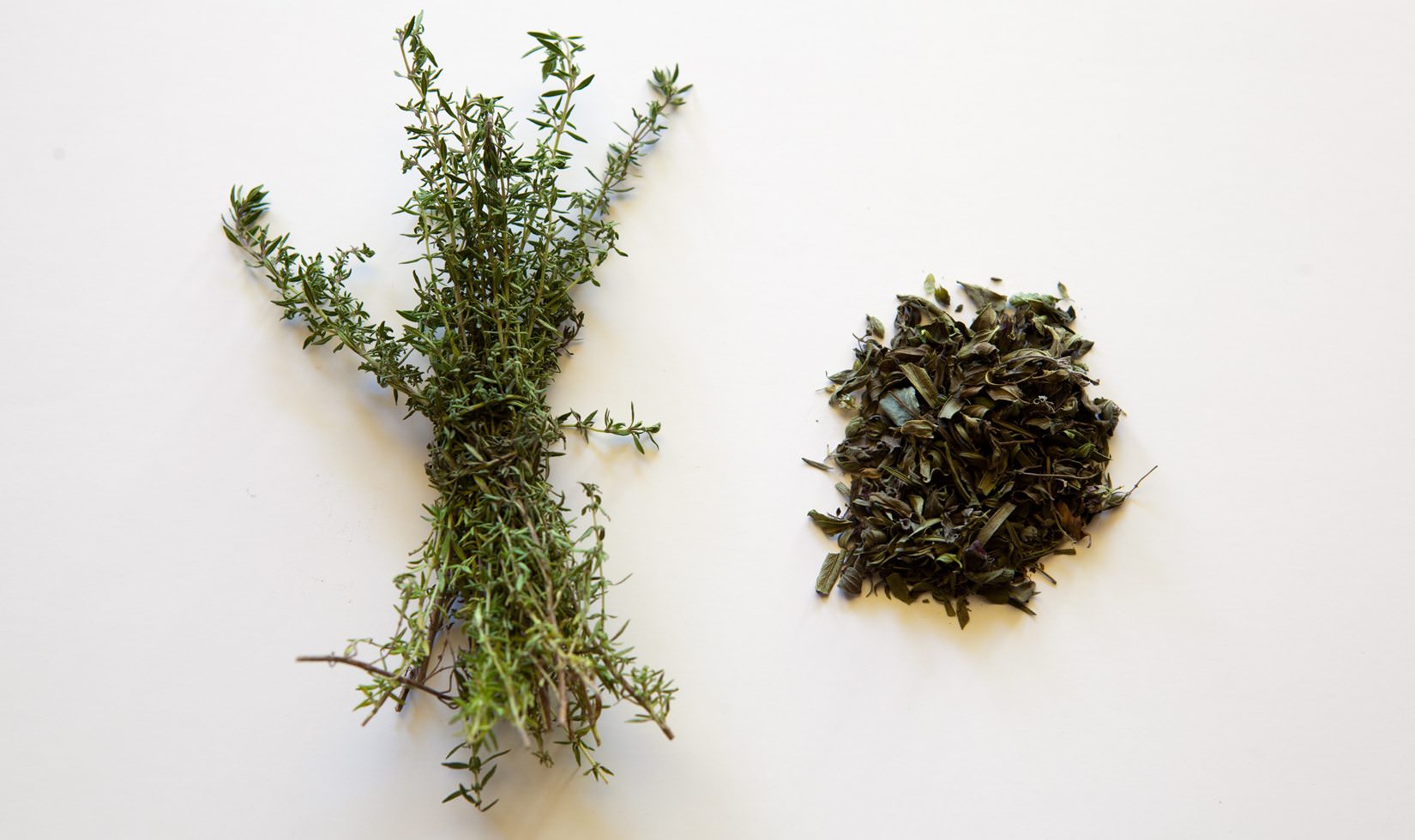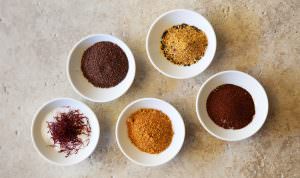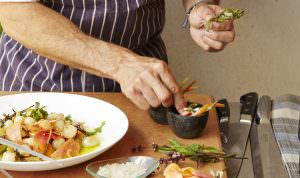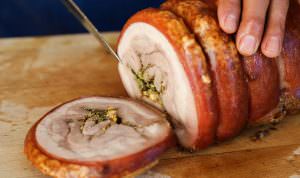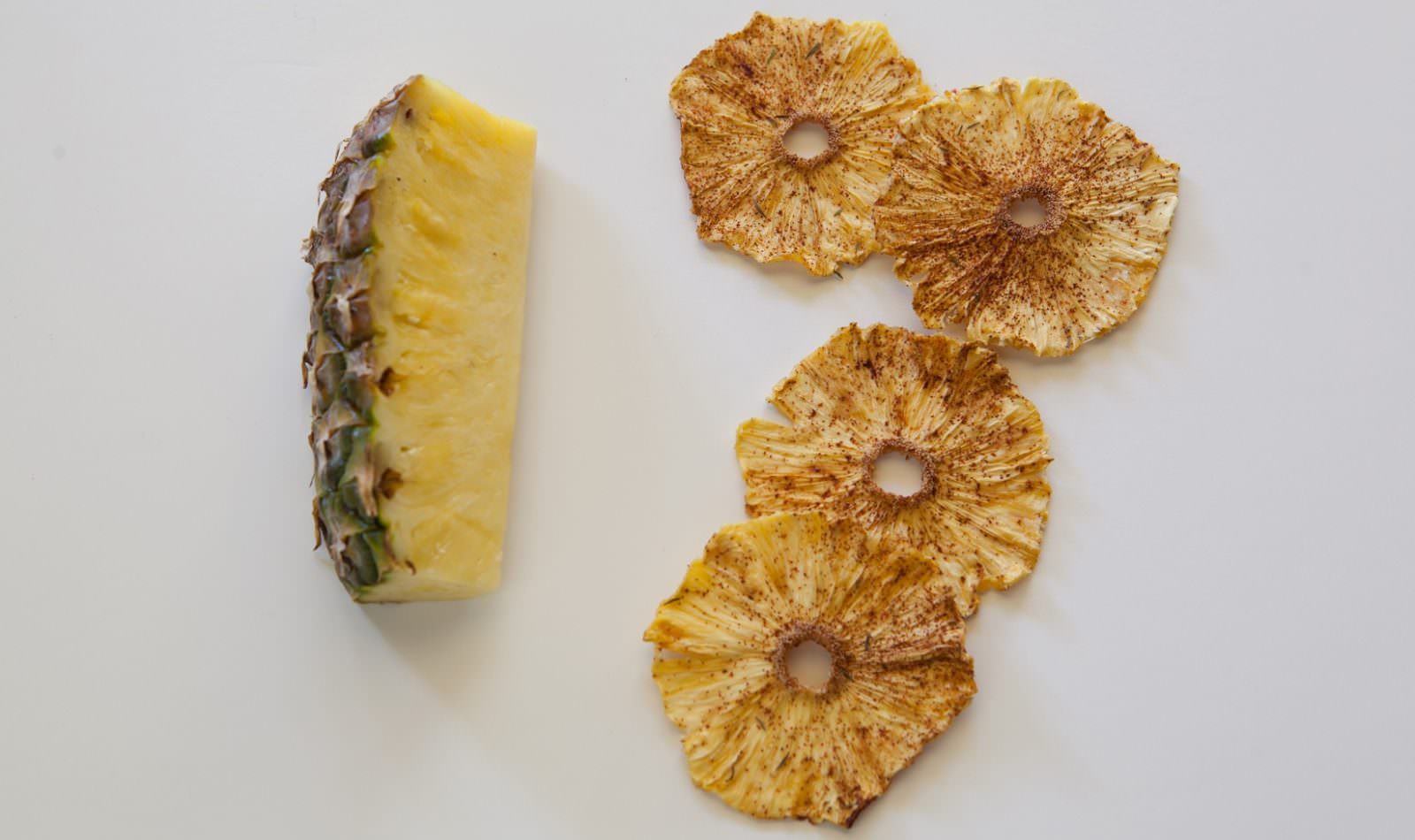
A Chef’s Guide: Knowing How to Dehydrate Fruits, Vegetables, and Herbs
Just as Venice was the port for the world’s spice trade, Hawaii served as the crossroads for the exotic foods of the Far East. The preserved foods of Asia once a necessity for travel found there way into island cuisine. The British had their limes to combat scurvy, the Japanese their preserved ume plums, fermented soy beans, kombu kelp and ginger. The Chinese were never without their Chan Pui Mui—various preserved fruits at once sweet, salty and sour—ginger, ginseng, shiitake mushrooms and, of course, teas. This strongly influenced the islands’ cuisine.
Having been raised in Hawaii, I am drawn to the intense concentration that only proper pickling, fermentation and preservation can yield. Dehydrating fresh fruit, vegetables and herbs has allowed me to capture seasonal flavors and continue to enjoy them over time. Here’s my list of benefits, tips and recommended tools for food dehydration.
Food Dehydration Tips, Tools & Benefits
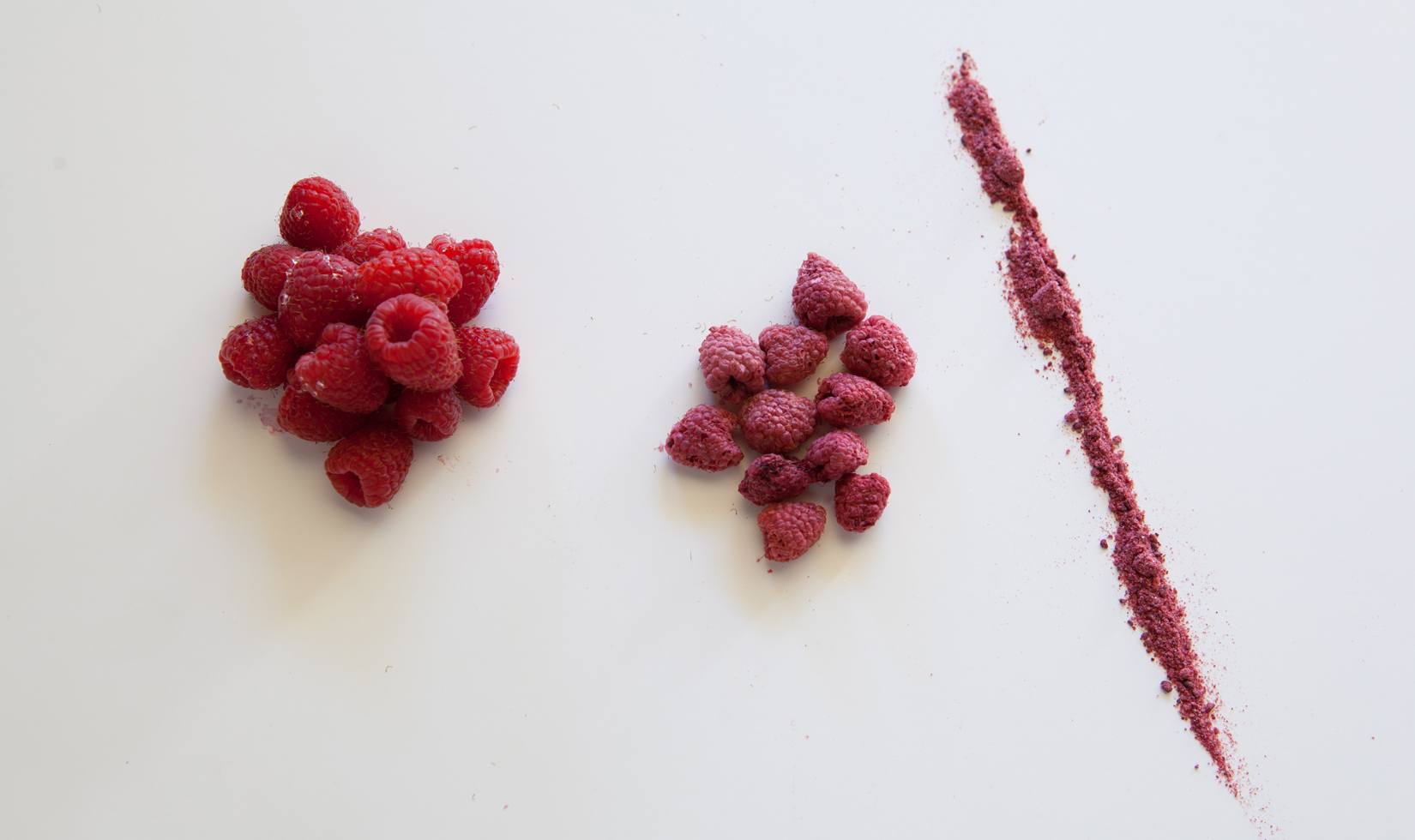
Saving Harvest Flavors
I wasn’t necessarily thinking about those foods in the fall of 2010, but as our culinary season began to wind down, we began to look for a new project. The last of our summer produce was being harvested, and I wanted a way to capture those flavors to brighten our menus through winter. I considered a few options and since I’d always wanted to try my hand at dehydrating, it was an easy decision. My grandparents had dried fruit commercially in the Santa Clara Valley, so I had a childhood sensory memory of the bounty of produce that benefit from the dehydration process.
Although I had a basic understanding of preservation, I still needed to do my research. There are many dehydrators on the market, but after much trial and error, we decided on the Excalibur 3900 food dehydrator. In the years since we first began using our dehydrator, I have expanded my drying repertoire to include not only fruits and vegetables, but also herbs and seeds from our garden. During winter, we begin incorporating these preserved ingredients into recipe development. Sprinkle dehydrated raspberries on desserts, use dehydrated herbs in sauces, toss dehydrated garlic into a pan of vegetables before roasting, and add slices of dehydrated tomatoes to salads, sandwiches and charcuterie platters. All bring an extra pop of flavor.
Adapting the Classics
Having studied traditional French cooking, I have a profound respect for the classics and attempt to integrate new flavors without overwhelming dishes. The results have been phenomenal. One of my favorites is a coq au vin enhanced with our garden’s dried and ground poblano chilies (known as ancho once dried). The chili highlights the fruit and flavor depth of Jordan Cabernet Sauvignon. We also prepare our duck a l’orange with star anise, which coaxes both fruit and Asian spice from Jordan’s red wine.
These concentrated flavors also work well with Jordan Chardonnay. For a Peruvian tiradito, I combine dried Korean black garlic with Chinese preserved black beans in a salsa, which showcases our Chardonnay’s ability to stand up to acidity, heat and seasoning.
The Right Food Dehydration Tools
We tested three dehydrators before deciding on the Excalibur 3900 (about $200). Even drying, a built-in timer, ease of cleaning and its quality build made this decision easy. The Excalibur is light and easy to store; it has nine trays that provide an ample 15 feet of drying space. The trays have small holes and screen inserts, which are helpful when working with smaller items.
Unlike many other models that circulate air from the bottom, the Excalibur evenly circulates air from the back for improved distribution of heat. It also has an adjustable thermostat, which allows for a temperature range from 85 to 145 degrees. Best of all, multiple foods can be dried at once without compromising individual flavors. Simply follow the Excalibur guidelines for optimal temperature and time, which varies between fruits, vegetables and meats.
Once I have dried a food, I will often grind it into a powder to use as a flavor enhancer. I accomplish this one of two ways. The first is to use a food processor with a sharp blade and then push the powder through a fine sieve to eliminate any large pieces. The second simply requires repurposing a coffee grinder. I have three small coffee grinders each with a designated use: one is for chilies, one for spices and one for peppercorns, which we grind daily. Both Braun and Krups make inexpensive and capable grinders.
Five Tips for Drying Fruits and Vegetables:
- Dry fruit and vegetables at the peak of their season when color and flavor are most intense.
- Do not slice fruit too thin or it may become brittle. You want dehydrated fruit to have snap, but still be somewhat pliable.
- Use parchment paper to line trays when drying herbs, seeds and fruit purees.
- Preserve the color of any sliced fruit or vegetable by soaking briefly in a solution of water and vitamin C (approximately one tablespoon of citric acid per gallon of water), prior to dehydration.
- Store foods in a cool area of the kitchen or pantry with as little exposure to light as possible. The addition of silica packets or other forms of moisture absorbers will prolong shelf life.
Armed with a good dehydrator and an adventurous spirit, you can create a useful kitchen tool for adding complex and intense flavors to everything you cook. If you want guidance, I recommend two books, Mary Bell’s “Complete Dehydrator Cookbook” and “The Dehydrator Bible.” Both of these books offer a foundation to build on. The rest is up to you and your imagination. Experiment, have fun and let me know what you discover.

